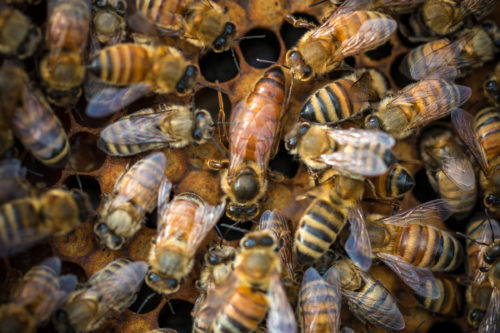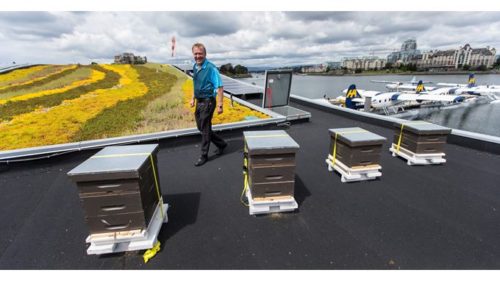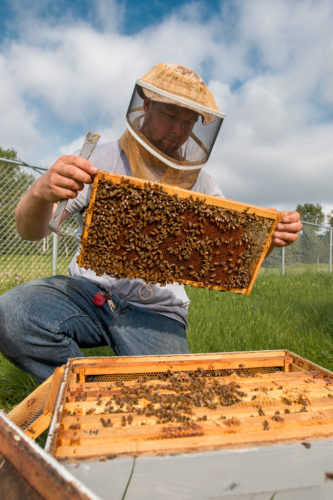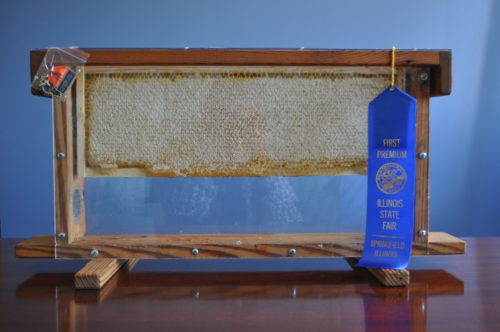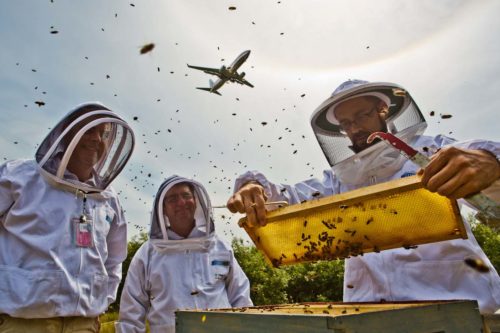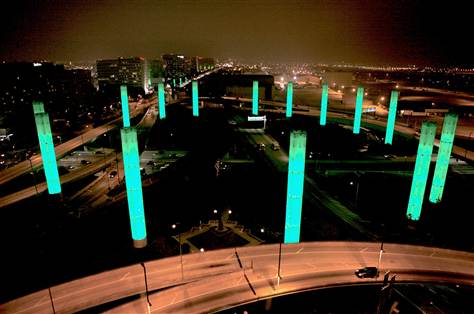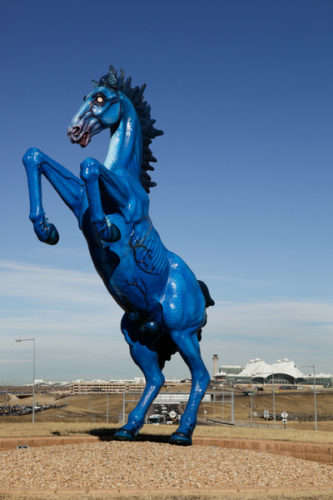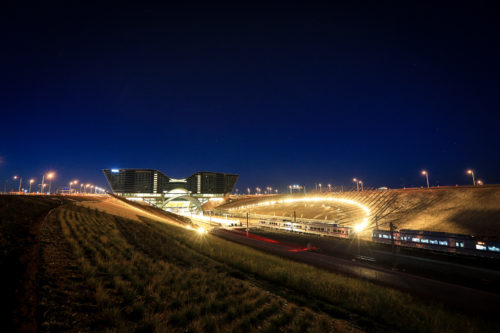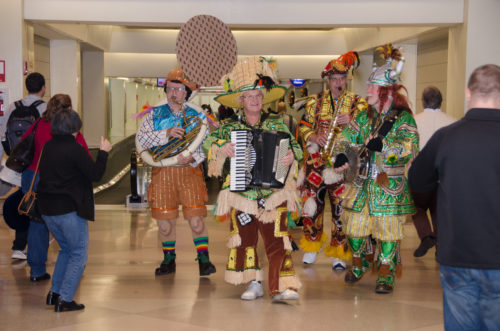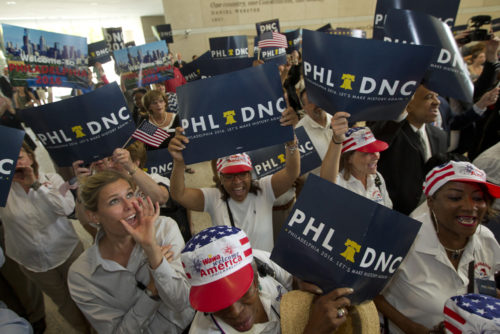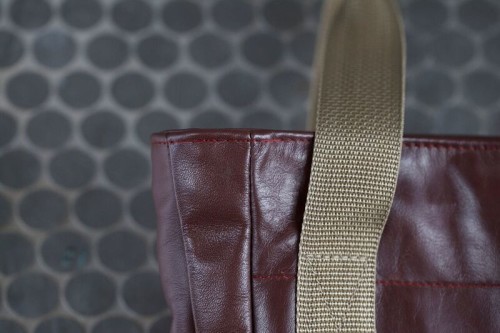Don’t worry, ‘bee’ happy: the number of honeybee colonies in the United States is on the rise and airports are doing their part to help.
The county of honeybee colonies is up from 2.8 million in April, 2016 to 2.89 million in April, 2017, according to a report from the U.S. Department of Agriculture.
That’s a plus for bees, of course, but because bees are credited with pollinating more than $15 billion of U.S. crops each year, it’s also a bonus for the economy.
It’s also news because since 2006 honey bees have been disappearing from their hives and dying at unprecedented rates due to a condition known as Colony Collapse Disorder.
The culprits may be global warming, pesticide use, habitat loss and parasites, say researchers, but (more good news) the USDA survey reports that in the first quarter of from January to March 2017 there was a 27 decrease in the number of colonies lost to the disorder compared to the first quarter of 2016.
Honey helpers
Honeybee colonies are getting some comeback help from a growing number of airports hosting beehives and sharing their sweet stories of success.
In Victoria, British Columbia, Harbour Air just put four hives with 10,000 bees on the one-acre grass roof of its floating airport terminal for seaplanes. A “bee cam” lets passengers waiting in the airport lounge below watch the bees at work and, come fall, the airline plans to offer its own “Harbour Honey” to passengers to use as sweetener in the complimentary in-terminal coffee and tea.
Besides making a contribution to the local ecosystem, “This will be an important way to educate people of all ages on the importance of honeybees to our local environment,” said Bill Fosdick the president of the Capital Region Beekeepers Association, which is overseeing the introduction of the bee colony.
In late 2015, Minneapolis-St. Paul International Airport partnered with the “Bee Squad” program at the University of Minnesota to set up an apiary on airport property. Now 31 colonies are being tended to by U.S. military veterans.
Some of the honey extracted last year was sold to Chef Andrew Zimmern (of “Bizarre Foods” fame) and to General Mills to benefit the program. “We also gave some to the Veteran participants,” said Bee Squad Program director Becky Masterman, “This year’s extraction will be larger and we hope to sell some of the honey in the airport and have some used in MSP restaurants.”
Beehives were also installed at Montréal-Trudeau airport in 2015 (following a similar project at Montréal-Mirabel in 2014) and now each airport is home to about 300,000 honey bees. Some of the honey produced is sold to employees to raise funds for a local non-profit that helps low-income families and individuals; the balance is donated to local food banks.
Back in the United States, there are apiaries on property at Chicago’s O’Hare International Airport, St. Louis Lambert International Airport, Seattle-Tacoma International Airport and Austin-Bergstrom International Airport.
At O’Hare, where the bee program is in its seventh season, there are currently 30 to 40 hives (down from a high of 75) and about one million bees on duty.
Operated by Sweet Beginnings, which gives training and jobs to formerly incarcerated individuals and others who may have significant barriers to finding jobs, the apiary produces about 35 pounds of honey per hive.
Under the ‘beelove’ brand, products made with the O’Hare honey, including lip balm, skincare creams, soaps and, of course, jars of raw national honey, are sold in Hudson News stores at O’Hare and in the Farmers Market kiosk in Terminal 3. Some O’Hare restaurants, including Tortas Frontera by Rick Bayless, also use the O’Hare honey in meals.
In 2013, the Port of Seattle teamed up with The Common Acre, a local non-profit, to place clusters of honey bee hives on unused, open land at three Seattle-Tacoma International Airport locations.
Like the symbiotic relationship between bees and flowers, both the airport and the non-profit get something valuable from the deal.
The Common Acre is collecting scientific data from the hives “crucial to understanding and supporting pollinators,” said group founder Bob Redmond, and is selling the honey to help offset costs. Among other benefits, the bees help the airport keep large birds away from airplanes by supporting the growth of dense vegetation on a former golf course area.
(A slightly different version of my story about bees at airports first appeared on CNBC)
